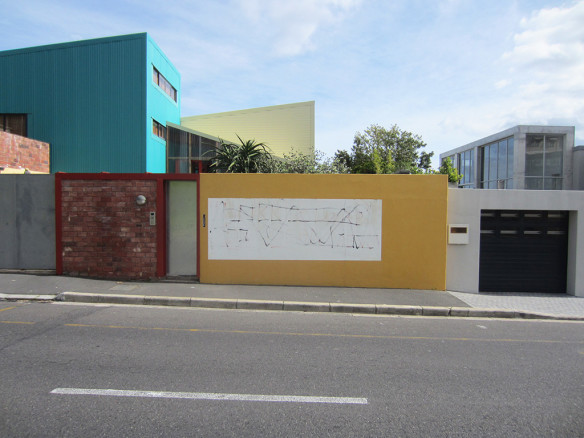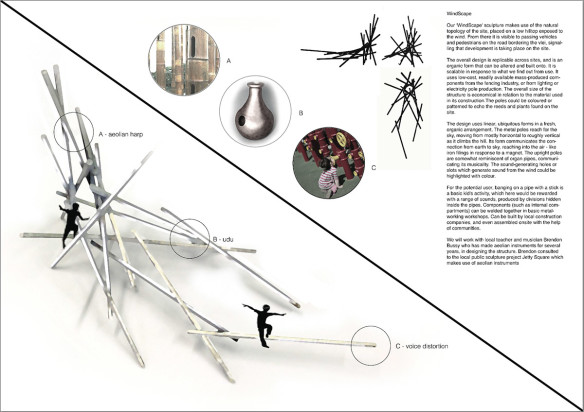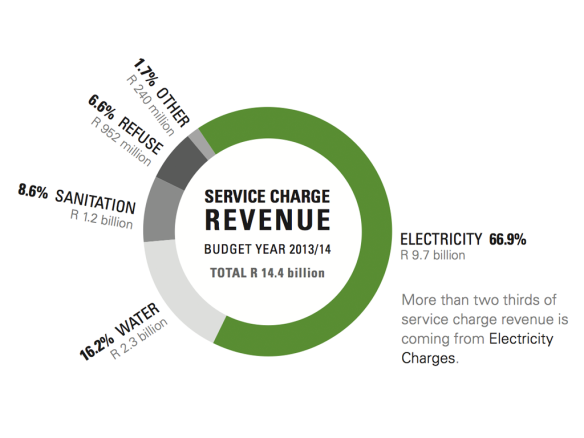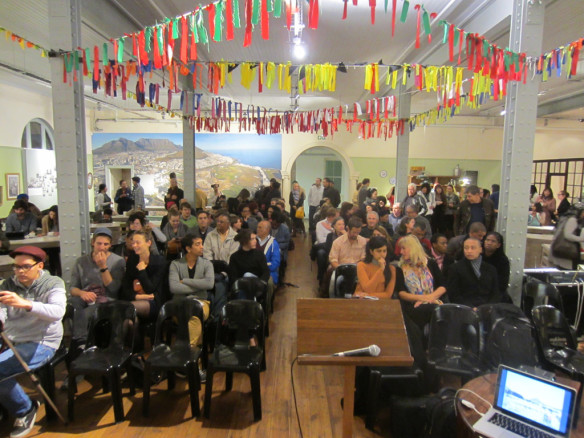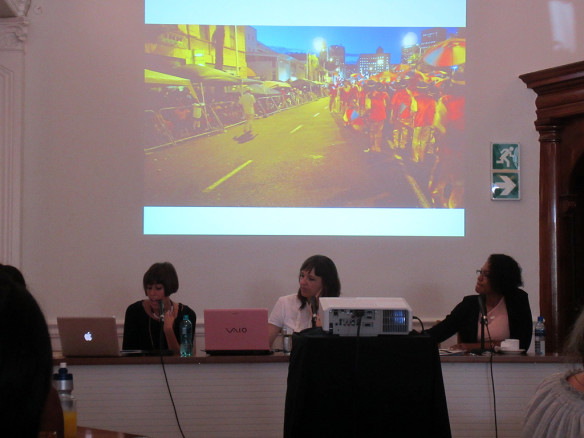I’ve been working with the Social Justice Coalition on this year’s Irene Grootboom Memorial Dialogues. This continues last year’s collaboration between the African Centre for Cities and the SJC, when the Grootboom series looked at design for social impact under the title ‘Design by the People‘. This year’s series looks at safety and security, under the heading ‘Beyond High Walls and Broken Windows – Safety and Security in a Divided City’. The series poster is at the bottom of this post, and the schedule of events (which is also the back of the fold-out poster/flier designed by Gaelen Pinnock) is downloadable here, or read about it below, or on the ACC or SJC websites.
—
Beyond High Walls and Broken Windows
Safety and Security in a Divided City
6th Irene Grootboom Memorial Dialogues
12 – 23 November 2013
Presented by the Social Justice Coalition & the African Centre for Cities
What does it mean to feel safe and secure in Cape Town, and how might experiences and perceptions of safety and security differ across this divided city? In an unequal society, how can we avoid reinforcing these divisions in the pursuit of safety – and achieve it not only for a few but for all?
This year’s Irene Grootboom Memorial Dialogues, presented by the Social Justice Coalition and the African Centre for Cities, engages with the theme of safety and security. The Social Justice Coalition, with its slogan ‘Safety and Security for All’, works for a safe and dignified life for poor residents of South Africa’s informal settlements, especially in Khayelitsha.
This year, the SJC won a landmark case in the Constitutional Court that has secured the future of the Commission of Inquiry into policing in Khayelitsha. Residents will be able to voice their concerns about the failures of the police, and other factors contributing to a lack of safety.
But safety and security goes beyond policing. Taking care of basic issues such as access to sanitation would go a long way towards improving safety in informal settlements. High profile projects such as VPUU (Violence Prevention through Urban Upgrading) in Khayelitsha use urban design with an aim to improve citizen safety and reduce crime.
Fostering understanding and solidarity across racial and economic barriers in Cape Town might also work towards achieving meaningful safety for all. In an unequal society, some ways of addressing crime and security risk aligning along and reinforcing our divisions. What approaches would work specifically to transgress and heal these instead?
The Irene Grootboom Memorial Dialogues have been held every year since 2008, in memory of housing activist Irene Grootboom. Please join us for this year’s series of seminars and discussions, and add your voice to those of the activists, academics, community leaders and experts contributing to these debates.
PROGRAMME OF EVENTS
WEEK ONE
Examining the historical landscape around safety and security, and the present-day impacts of insecurity on poor communities.
A history of (in)security – Lectures and discussion
Tuesday 12 November, 6pm – 8pm
Central Methodist Mission,
Greenmarket Square
Speakers: Sean Tait (African Policing Civilian Oversight Forum) and Zackie Achmat (Social Justice Coalition, Ndifuna Ukwazi)
South Africa’s transition to a democratic state has seen fundamental changes in policing and security, yet levels of crime and violence remain a serious challenge. The effectiveness and professionalism of the police and greater criminal justice system is often brought into question. Expert speakers provide an overview of this landscape post-1994.
A daily fear – Panel discussion
Thursday 14 November, 6pm – 8pm
Manenberg People’s Centre
2a Scheldt Road
Speakers: Patrick Burton (Executive Director at the Centre for Justice and Crime Prevention), Amelia Mfiki (activist at the Treatment Action Campaign), Jon Yako (Clinical Psychologist at Red Cross Children’s Hospital), and Rushanda Pascoe (Manenberg Activist and member of Right2Know Campaign)
Everyone is affected by exposure to crime and violence. People from different parts of the city discuss their experiences and understanding of what it is to be safe. We explore the long-term effects of violence on individuals and society, and how achieving safety for some may marginalise others.
WEEK TWO
How can safety and security for all be achieved – both through the design of objects and environments, and through people’s perceptions and actions.
Safe by design – Panel discussion
Tuesday 19 November, 6pm – 8pm
Woodstock Town Hall
Plein Road, off Victoria Street
Speakers: Mercy Brown-Luthango (Urban Violence CityLab at the African Centre for Cities); Michael Kraus (VPUU); Melanie Manuel and Sizwe Mxobo (Informal Settlements Network); John Cartwright (Urban Security Project)
The upgrading and servicing of urban environments impacts both on perceptions of safety and vulnerability, and real security. Academics and practitioners discuss a number of innovative projects in Cape Town that attempt to address violence and crime through designed interventions in the built environment.
Active citizenship – Seminar
Thursday 21 November, 6pm – 8pm
Site C New Hall
Khayelitsha
Speakers: Sheldon Magardie (Legal Resources Centre); Martha Sithole (Ndifuna Ukwazi); Ralph Borland (African Centre for Cities, University of Cape Town); Murray Ingram and Lukhanyo Mangona (Connect)
Legal and social frameworks offer avenues for us to progress our rights to safety and freedom from harm. Individuals, communities and civil society can use these systems to advance social relationships and assert their rights, putting pressure on the bodies responsible for the provision of safety and justice to fulfill their responsibilities.
Directions:From the N2, take the Mew Way turnoff to your left; at the stop street turn right onto Mew Way road; continue straight until you reach the traffic lights; turn right onto Jeff Masemola (previously Lansdowne); continue on Jeff Masemola and turn right just before the petrol station onto Solomon Tshuku. The venue is off this road, on the right hand side. Here is the approximate location on Google Maps.
Sea Point Days – Film screening
Saturday 23 November, 2pm – 5pm
Screen 1
Labia on Orange
LIMITED SEATING, RSVP ESSENTIAL: joel@sjc.org.za
Speaker: Shaun Shelly (Substance Use Program Manager at Hope House Counselling Centre)
An imagistic, gentle and elegiac documentary about Sea Point and the friction and friendliness that characterizes it as a public space. The movie shows the importance of open, shared multicultural public spaces, especially for people from insecure areas, and it asks uncomfortable questions around balancing the rights of all to the city, with the policing of public space. A film by Francois Verster.
Brought to you by the Social Justice Coalition and the African Centre for Cities.

Grootboom 2013 poster

